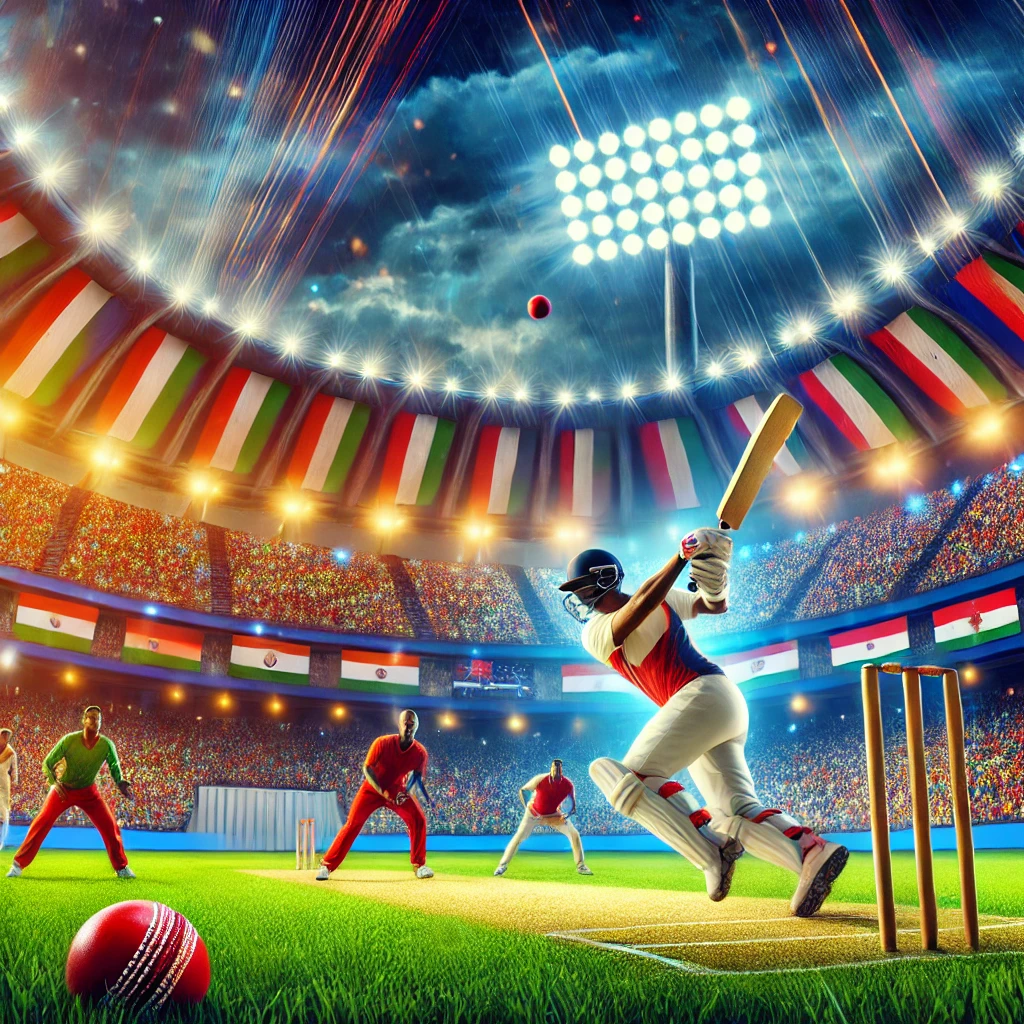Introduction
Cricket is one of the most popular sports in the world, played and watched by millions across different continents. Originating in England, the game has evolved over centuries into various formats, including Test cricket, One Day Internationals (ODIs), and T20 cricket. Whether you’re new to the sport or looking to deepen your understanding, this guide will cover everything you need to know about cricket, from its rules to its global impact.
The History and Evolution of Cricket
Origins in England
Cricket dates back to the 16th century in England, where it was first played as a children’s game. Over time, it gained popularity among adults, leading to the formation of official rules and governing bodies.
Growth and Global Reach
By the 19th century, cricket had spread to countries like India, Australia, and the West Indies, thanks to British colonial influence. Today, it is especially dominant in South Asia, Australia, England, and the Caribbean.
Understanding the Basics of Cricket
The Objective of the Game
Cricket is a bat-and-ball game played between two teams of eleven players each. The main goal is to score more runs than the opposing team while either batting or fielding.
The Playing Field and Equipment
- Pitch: A rectangular strip in the center of the field where most of the action takes place.
- Bat: Made of willow wood, used by batsmen to hit the ball.
- Ball: Traditionally red (for Test matches) or white (for limited-overs cricket).
- Stumps and Bails: Wooden structures that the bowler aims to hit to dismiss a batsman.
Cricket Formats: Test, ODI, and T20
Test Cricket
Test cricket is the longest format, lasting up to five days. It is considered the ultimate test of a player’s skill and endurance.
One Day Internationals (ODIs)
ODIs consist of 50 overs per side, striking a balance between the long-form Test cricket and the fast-paced T20 format.
T20 Cricket
T20 matches are the shortest, with each team playing 20 overs. This format has brought a new level of excitement and has helped cricket gain a wider global audience.
Key Rules and Gameplay
Batting and Scoring Runs
- Runs are scored by running between the wickets or hitting the ball to the boundary.
- A four is awarded when the ball crosses the boundary after bouncing.
- A six is awarded when the ball clears the boundary without touching the ground.
Bowling and Fielding
- The bowler delivers the ball with the aim of dismissing the batsman.
- Fielders assist in stopping runs and catching batsmen out.
Ways a Batsman Can Be Dismissed
- Bowled: The ball hits the stumps.
- Caught: The batsman hits the ball, and a fielder catches it before it touches the ground.
- LBW (Leg Before Wicket): The ball hits the batsman’s leg in front of the stumps.
- Run Out: The batsman fails to reach the crease before the fielding side hits the stumps.
The Importance of Cricket Globally
Popularity in Different Countries
Cricket is a religion in countries like India, Pakistan, Australia, and England. Major tournaments like the ICC Cricket World Cup and the Indian Premier League (IPL) attract massive viewership.
Economic and Cultural Impact
Cricket significantly contributes to the economy through sponsorships, broadcasting rights, and tourism. It also unites diverse cultures through the shared love of the game.
Conclusion
Cricket is more than just a sport; it is a global phenomenon that brings people together. Whether you’re watching a high-stakes Test match or an electrifying T20 game, cricket offers excitement for every type of fan. If you’re new to the sport, consider watching a match or even trying your hand at playing. Who knows? You might just fall in love with the game!
Are you a cricket enthusiast? Share your favorite cricket moments in the comments below!

Yara Bryant is a dedicated sports journalist with a knack for breaking down game strategies and delivering in-depth analysis. With a strong background in sports coverage, she specializes in football, basketball, and motorsports, bringing fans the latest news, insights, and predictions.


No responses yet